结论 小米红米 15C 4G
小米红米 15C 4G 在摄像头、扬声器、性能和外壳质量方面都没有超出同类产品的标准。在某些情况下,鉴于互联网上的低价,你不应该抱有太多期望。
不过,说到续航时间,在我们的无线局域网测试中,它的续航时间达到了 21 个小时,足以让你在不充电的情况下使用手机数天。此外,它的充电速度相当快,触摸屏精确,更新承诺长达 2031 年。
如果你只用智能手机执行简单、标准的任务,或者正在寻找一款屏幕大、电池续航时间长的第二部手机,那么小米红米 15C 4G 是一个不错的选择。
Pros
Cons
规格
外壳和功能 - 廉价塑料
小米公司用塑料包裹其经济实惠的红米 15C 4G,并提供不同的颜色款式:黑色和薄荷绿(纯色背面),以及蓝色和橙色(波浪形图案,还略带彩虹色)。
在稳定性方面,你不应该有太高的期望:手机很容易扭动,然后会出现明显的吱吱声。
与前代产品相比 红米 14C设计有所改变,尤其是以前圆形的摄像头模块现在移到了侧面,变得更加方正。红米 15C 重 211 克,不算太重。
从正面看,由于屏幕下方的宽下巴和水滴形凹槽,低价位特征明显,但至少屏幕有大猩猩 3 号玻璃保护。
该机配备了用于移动支付的 NFC 功能,可以同时使用两张 SIM 卡,但没有 eSIM 卡。有一个独立的 microSD 卡插槽,读卡器可以快速写入和读取 microSD 卡。
» Notebookcheck多媒体笔记本电脑Top 10排名
» Notebookcheck游戏笔记本电脑Top 10排名
» Notebookcheck低价办公/商务笔记本电脑Top 10排名
» Notebookcheck高端办公/商务笔记本电脑Top 10排名
» Notebookcheck工作站笔记本电脑Top 10排名
» Notebookcheck亚笔记本电脑Top 10排名
» Notebookcheck超级本产品Top 10排名
» Notebookcheck变形本产品Top 10排名
» Notebookcheck平板电脑Top 10排名
» Notebookcheck智能手机Top 10排名
» Notebookcheck评测过最出色的笔记本电脑屏幕
» Notebookcheck售价500欧元以下笔记本电脑Top 10排名
» Notebookcheck售价300欧元以下笔记本电脑Top 10排名
尺寸比较
| SD Card Reader - average JPG Copy Test (av. of 3 runs) | |
| Xiaomi Redmi 14C (Angelbird V60) | |
| Average of class Smartphone (5.72 - 58.9, n=69, last 2 years) | |
| Xiaomi Redmi 15C 4G (Angelbird V60) | |
| Samsung Galaxy A06 (Angelbird V60) | |
| Motorola Moto G15 (Angelbird V60) | |
跨平台磁盘测试 (CPDT)
通信和操作 - 可靠的无线局域网
WiFi 5 是最快的 Wi-Fi 标准。红米 15C 的传输速率通常在 220 到 350 MBit/s 之间,只是偶尔会低于 200 MBit/s。即使在距离路由器 10 米远的地方,隔着两堵墙,接收率仍能达到 50%,而且速度也不错。
移动网络可通过 LTE 标准连接,所有必要的频率均可使用。不过,在国外旅行时,您应该提前确认是否支持所需的频率。
触摸屏的响应速度非常快,采样率高达 240 Hz,帧频高达 120 Hz,操作十分可靠。指纹传感器内置在右侧的待机键中,稍候即可解锁智能手机。还可以进行面部解锁。
| Networking | |
| Xiaomi Redmi 15C 4G | |
| iperf3 transmit AXE11000 | |
| iperf3 receive AXE11000 | |
| Motorola Moto G15 | |
| iperf3 transmit AXE11000 | |
| iperf3 receive AXE11000 | |
| Xiaomi Redmi 14C | |
| iperf3 transmit AXE11000 | |
| iperf3 receive AXE11000 | |
| Samsung Galaxy A06 | |
| iperf3 transmit AXE11000 | |
| iperf3 receive AXE11000 | |
| Average 802.11 a/b/g/n/ac | |
| iperf3 transmit AXE11000 | |
| iperf3 receive AXE11000 | |
| Average of class Smartphone | |
| iperf3 transmit AXE11000 | |
| iperf3 receive AXE11000 | |
软件和可持续性 - 更新时间长
HyperOS 2 是手机用户界面的名称,基于Android 15。安全补丁的日期是从 2025 年 8 月开始的,因此在测试时有些过时。不过,小米承诺更新至 2031 年,即从发布算起的 6 年,以及至少两个新的Android 版本。
在设备的可持续发展方面,制造商保持低调。在欧洲,您可以登录Xiaomi了解备件的大致价格,而且包装基本不使用塑料。
相机 - 入门级质量
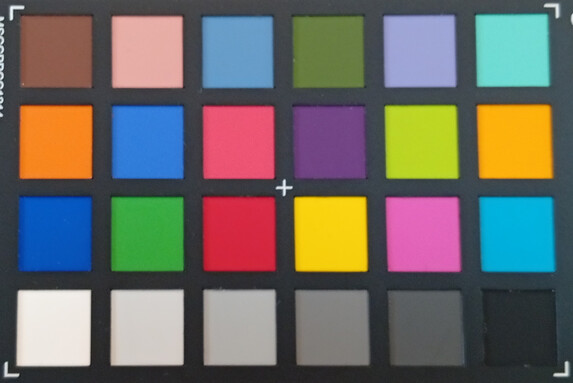
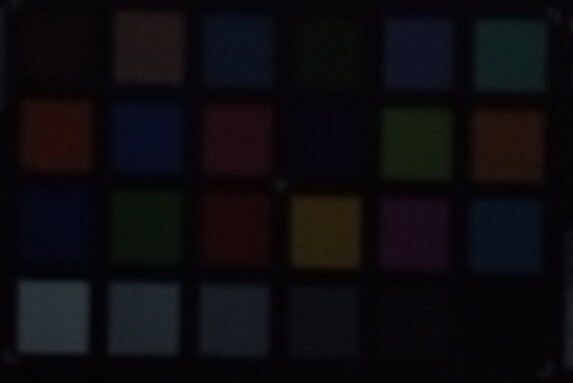
显示屏 - 低分辨率,但无 PWM
6.9 英寸屏幕的分辨率为 1,600 x 702 像素,达到了同类产品的水平。不过,由于只有 254 PPI,显示效果显得有些粗糙。
全白时最大亮度为 526 cd/m²,亮度相当不错。这意味着该手机在阴天也能在户外使用。
色彩明显偏绿。我们无法检测到 PWM 闪烁。
| |||||||||||||||||||||||||
Brightness Distribution: 95 %
Center on Battery: 526 cd/m²
Contrast: 1315:1 (Black: 0.4 cd/m²)
ΔE ColorChecker Calman: 6.4 | ∀{0.5-29.43 Ø4.78}
calibrated: 8.86
ΔE Greyscale Calman: 2.3 | ∀{0.09-98 Ø5}
98.1% sRGB (Calman 2D)
CCT: 6785 K
| Xiaomi Redmi 15C 4G IPS, 1600x720, 6.9" | Motorola Moto G15 IPS, 2400x1080, 6.7" | Xiaomi Redmi 14C IPS, 1640x720, 6.9" | Samsung Galaxy A06 IPS, 1600x720, 6.7" | |
|---|---|---|---|---|
| Screen | 14% | -3% | -73% | |
| Brightness middle (cd/m²) | 526 | 468 -11% | 422 -20% | 505 -4% |
| Brightness (cd/m²) | 513 | 452 -12% | 401 -22% | 475 -7% |
| Brightness Distribution (%) | 95 | 86 -9% | 89 -6% | 89 -6% |
| Black Level * (cd/m²) | 0.4 | 0.3 25% | 0.3 25% | 0.53 -33% |
| Contrast (:1) | 1315 | 1560 19% | 1407 7% | 953 -28% |
| Colorchecker dE 2000 * | 6.4 | 2.07 68% | 3.21 50% | 5.94 7% |
| Colorchecker dE 2000 max. * | 4.88 | 6.38 -31% | 6.29 -29% | 21.63 -343% |
| Colorchecker dE 2000 calibrated * | 8.86 | |||
| Greyscale dE 2000 * | 2.3 | 0.8 65% | 2.9 -26% | 6.2 -170% |
| CCT | 6785 96% | 6607 98% | 6338 103% | 8333 78% |
| Gamma | 2.202 100% | 2.382 92% | 2.116 104% |
* ... smaller is better
Screen Flickering / PWM (Pulse-Width Modulation)
| Screen flickering / PWM not detected | |||
In comparison: 53 % of all tested devices do not use PWM to dim the display. If PWM was detected, an average of 8121 (minimum: 5 - maximum: 343500) Hz was measured. | |||
Display Response Times
| ↔ Response Time Black to White | ||
|---|---|---|
| 18.1 ms ... rise ↗ and fall ↘ combined | ↗ 11.6 ms rise | |
| ↘ 6.5 ms fall | ||
| The screen shows good response rates in our tests, but may be too slow for competitive gamers. In comparison, all tested devices range from 0.1 (minimum) to 240 (maximum) ms. » 40 % of all devices are better. This means that the measured response time is better than the average of all tested devices (20.2 ms). | ||
| ↔ Response Time 50% Grey to 80% Grey | ||
| 30.8 ms ... rise ↗ and fall ↘ combined | ↗ 24.7 ms rise | |
| ↘ 16.1 ms fall | ||
| The screen shows slow response rates in our tests and will be unsatisfactory for gamers. In comparison, all tested devices range from 0.165 (minimum) to 636 (maximum) ms. » 40 % of all devices are better. This means that the measured response time is similar to the average of all tested devices (31.6 ms). | ||
性能、排放和电池寿命--几乎可以永久使用
采用 联发科 Helio G81 Ultra采用了最高主频为 2 GHz 的 SoC。它并不总能实现流畅的系统运行,也不适合人工智能计算。不过,总的来说,它与同价位的设备相当,在执行简单任务时速度足够快。
红米 15C 4G 在内存方面没有优势:eMMC 闪存确保了较长的加载时间和相对较慢的数据传输速度。
外壳上的热量积聚问题并不严重。正如 3DMark 压力测试所显示的那样,即使在长时间加载后,处理器仍能保持同样强劲的性能。
手机底部边缘的单声道扬声器音量很大,但高音偏重,因此听起来比较单薄。外置音频设备可通过 3.5 毫米音频插孔或蓝牙连接。蓝牙音频编解码器的种类不多,但最常见的种类都有。
电池容量大幅增至 6,000 mAh。在我们的 WLAN 测试中,它的续航时间可以达到 21 小时。红米 15C 4G 明显优于其他同价位手机。这款手机的充电功率高达 33 瓦,完全充电周期仅需 2 个多小时。
| Geekbench AI | |
| Single Precision NPU 1.5 | |
| Average of class Smartphone (80 - 5210, n=55, last 2 years) | |
| Xiaomi Redmi 15C 4G | |
| Average Mediatek Helio G81 Ultra (n=1) | |
| Half Precision NPU 1.5 | |
| Average of class Smartphone (80 - 36297, n=55, last 2 years) | |
| Xiaomi Redmi 15C 4G | |
| Average Mediatek Helio G81 Ultra (n=1) | |
| Quantized NPU 1.5 | |
| Average of class Smartphone (133 - 49889, n=55, last 2 years) | |
| Xiaomi Redmi 15C 4G | |
| Average Mediatek Helio G81 Ultra (n=1) | |
| Xiaomi Redmi 15C 4G | Motorola Moto G15 | Xiaomi Redmi 14C | Samsung Galaxy A06 | Average 128 GB eMMC Flash | Average of class Smartphone | |
|---|---|---|---|---|---|---|
| AndroBench 3-5 | -1% | 0% | -5% | -7% | 507% | |
| Sequential Read 256KB (MB/s) | 298.5 | 287.7 -4% | 300.9 1% | 295.4 -1% | 300 ? 1% | 2223 ? 645% |
| Sequential Write 256KB (MB/s) | 201.1 | 228.5 14% | 193.1 -4% | 166.3 -17% | 195.1 ? -3% | 1838 ? 814% |
| Random Read 4KB (MB/s) | 87.4 | 65.2 -25% | 88.6 1% | 74 -15% | 85.9 ? -2% | 295 ? 238% |
| Random Write 4KB (MB/s) | 77.5 | 87.4 13% | 78.9 2% | 86.8 12% | 58.1 ? -25% | 335 ? 332% |
(±) The maximum temperature on the upper side is 43.3 °C / 110 F, compared to the average of 35.2 °C / 95 F, ranging from 21.9 to 247 °C for the class Smartphone.
(±) The bottom heats up to a maximum of 41.5 °C / 107 F, compared to the average of 34 °C / 93 F
(+) In idle usage, the average temperature for the upper side is 24.7 °C / 76 F, compared to the device average of 32.9 °C / 91 F.
3DMark 压力测试
| 3DMark | |
| Wild Life Stress Test Stability | |
| Motorola Moto G15 | |
| Xiaomi Redmi 15C 4G | |
| Xiaomi Redmi 14C | |
| Samsung Galaxy A06 | |
| Wild Life Extreme Stress Test | |
| Xiaomi Redmi 15C 4G | |
| Motorola Moto G15 | |
| Xiaomi Redmi 14C | |
Xiaomi Redmi 15C 4G audio analysis
(+) | speakers can play relatively loud (90 dB)
Bass 100 - 315 Hz
(-) | nearly no bass - on average 38.8% lower than median
(±) | linearity of bass is average (10.3% delta to prev. frequency)
Mids 400 - 2000 Hz
(±) | reduced mids - on average 7.9% lower than median
(+) | mids are linear (6.6% delta to prev. frequency)
Highs 2 - 16 kHz
(+) | balanced highs - only 4.3% away from median
(+) | highs are linear (5% delta to prev. frequency)
Overall 100 - 16.000 Hz
(±) | linearity of overall sound is average (26.6% difference to median)
Compared to same class
» 68% of all tested devices in this class were better, 5% similar, 27% worse
» The best had a delta of 11%, average was 35%, worst was 134%
Compared to all devices tested
» 81% of all tested devices were better, 4% similar, 15% worse
» The best had a delta of 4%, average was 24%, worst was 134%
Samsung Galaxy A06 audio analysis
(+) | speakers can play relatively loud (84.6 dB)
Bass 100 - 315 Hz
(-) | nearly no bass - on average 31% lower than median
(±) | linearity of bass is average (11.2% delta to prev. frequency)
Mids 400 - 2000 Hz
(±) | reduced mids - on average 5.7% lower than median
(±) | linearity of mids is average (7.2% delta to prev. frequency)
Highs 2 - 16 kHz
(±) | higher highs - on average 8.3% higher than median
(±) | linearity of highs is average (8.5% delta to prev. frequency)
Overall 100 - 16.000 Hz
(±) | linearity of overall sound is average (26.5% difference to median)
Compared to same class
» 67% of all tested devices in this class were better, 5% similar, 27% worse
» The best had a delta of 11%, average was 35%, worst was 134%
Compared to all devices tested
» 81% of all tested devices were better, 4% similar, 15% worse
» The best had a delta of 4%, average was 24%, worst was 134%
| Xiaomi Redmi 15C 4G 6000 mAh | Motorola Moto G15 5200 mAh | Xiaomi Redmi 14C 5160 mAh | Samsung Galaxy A06 5000 mAh | |
|---|---|---|---|---|
| Battery runtime | -19% | -22% | -26% | |
| WiFi v1.3 (h) | 21 | 17 -19% | 16.3 -22% | 15.6 -26% |
| Reader / Idle (h) | 29.8 | |||
| H.264 (h) | 19.8 | |||
| Load (h) | 5.5 |
Notebookcheck 总体评分
小米红米 15C 4G 是一款配备 120 Hz 大屏幕的经济实惠型手机。
它的电池续航时间长,价格却很便宜,但你不应该对它的性能抱有过高期望。
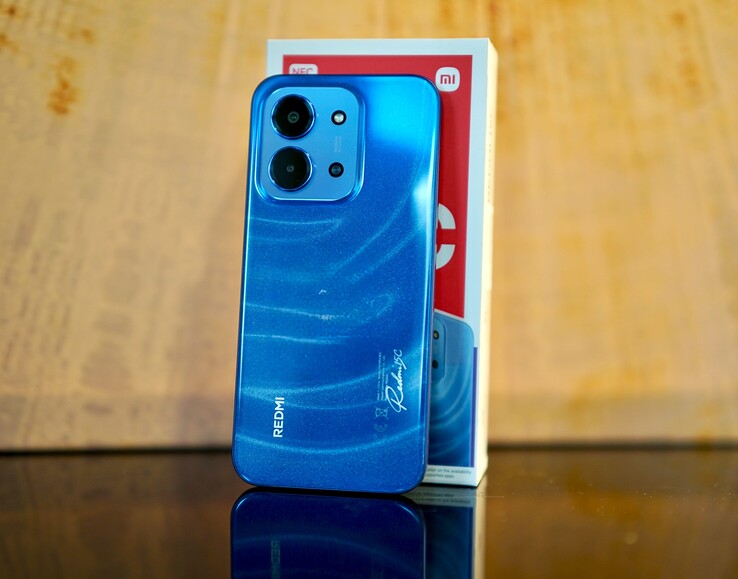
Xiaomi Redmi 15C 4G
- 10/26/2025 v8
Florian Schmitt
可比较的替代品
Image | Model / Review | Price | Weight | Drive | Display |
|---|---|---|---|---|---|
| Xiaomi Redmi 15C 4G Mediatek Helio G81 Ultra ⎘ ARM Mali-G52 MP2 ⎘ 4 GB Memory, 128 GB eMMC | Amazon: $142.50 List Price: 150€ | 211 g | 128 GB eMMC Flash | 6.90" 1600x720 254 PPI IPS | |
| Motorola Moto G15 Mediatek Helio G81 ⎘ ARM Mali-G52 MP2 ⎘ 4 GB Memory, 128 GB eMMC | Amazon: $133.70 List Price: 150€ | 190 g | 128 GB eMMC Flash | 6.72" 2400x1080 392 PPI IPS | |
| Xiaomi Redmi 14C Mediatek Helio G81 Ultra ⎘ ARM Mali-G52 MP2 ⎘ 4 GB Memory, 128 GB eMMC | Amazon: List Price: 150€ | 211 g | 128 GB eMMC Flash | 6.88" 1640x720 260 PPI IPS | |
| Samsung Galaxy A06 Mediatek Helio G85 ⎘ ARM Mali-G52 MP2 ⎘ 4 GB Memory, 64 GB eMMC | Amazon: $107.70 List Price: 90€ | 189 g | 64 GB eMMC Flash | 6.70" 1600x720 262 PPI IPS |
Transparency
The selection of devices to be reviewed is made by our editorial team. The test sample was provided to the author as a loan by the manufacturer or retailer for the purpose of this review. The lender had no influence on this review, nor did the manufacturer receive a copy of this review before publication. There was no obligation to publish this review. As an independent media company, Notebookcheck is not subjected to the authority of manufacturers, retailers or publishers.
This is how Notebookcheck is testing
Every year, Notebookcheck independently reviews hundreds of laptops and smartphones using standardized procedures to ensure that all results are comparable. We have continuously developed our test methods for around 20 years and set industry standards in the process. In our test labs, high-quality measuring equipment is utilized by experienced technicians and editors. These tests involve a multi-stage validation process. Our complex rating system is based on hundreds of well-founded measurements and benchmarks, which maintains objectivity. Further information on our test methods can be found here.




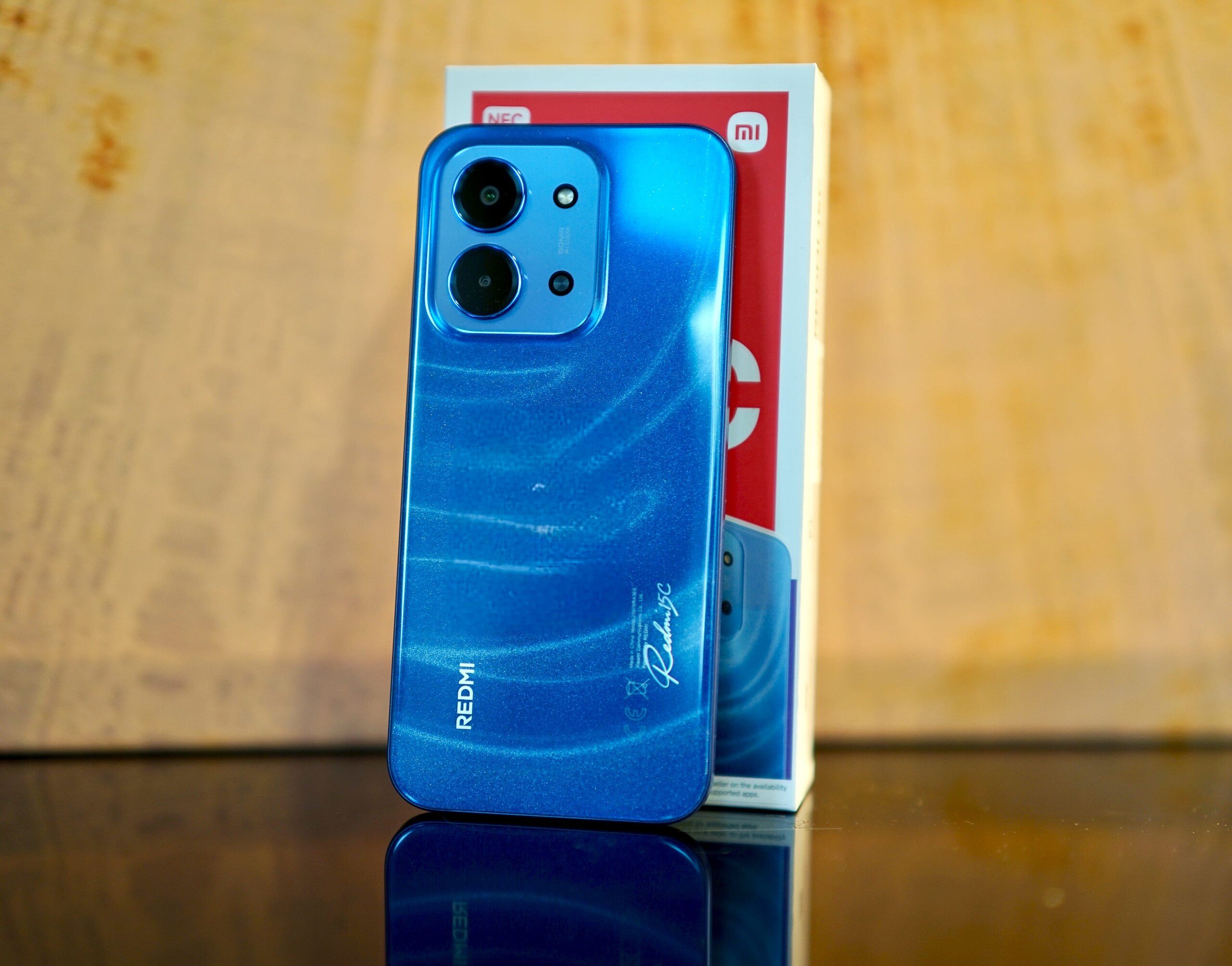

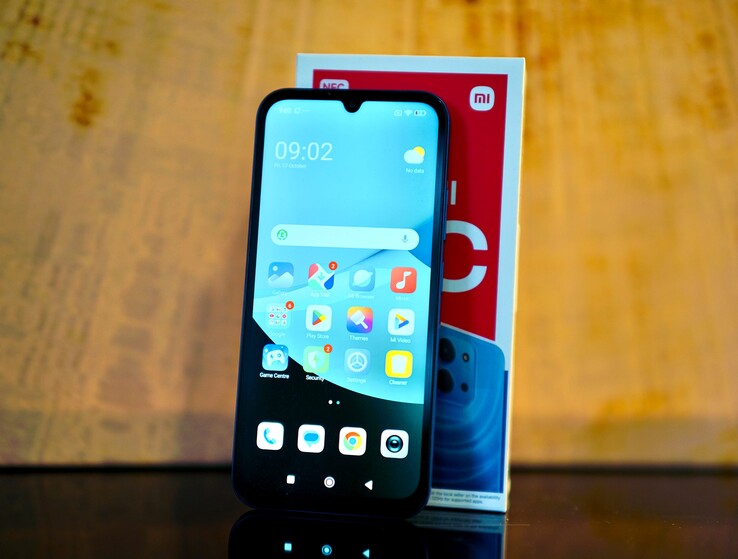





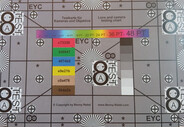



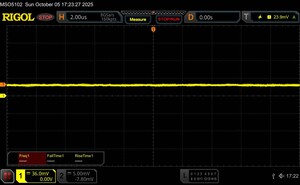
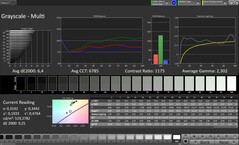
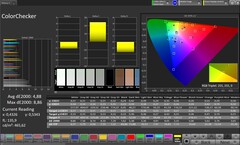
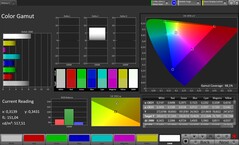
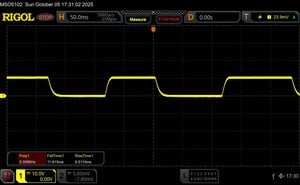
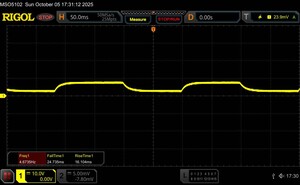
 Total Sustainability Score:
Total Sustainability Score: 




